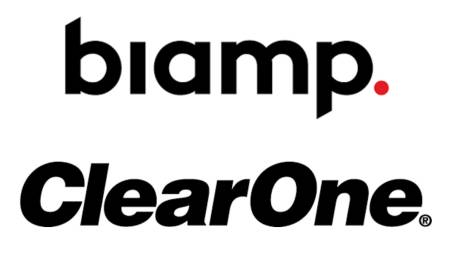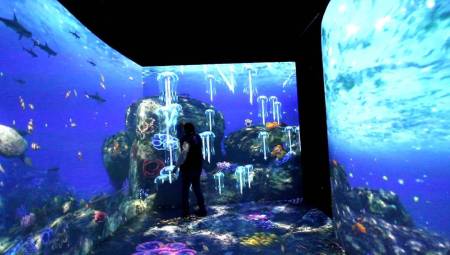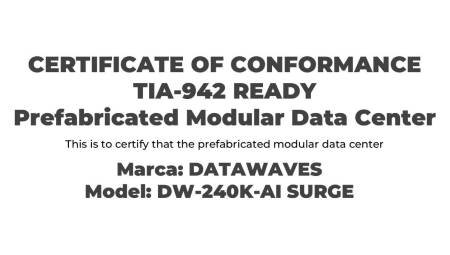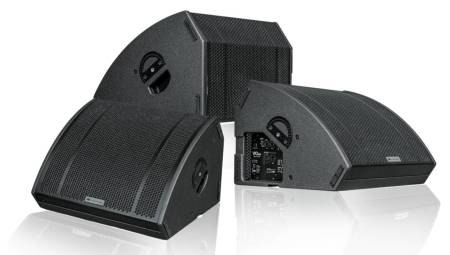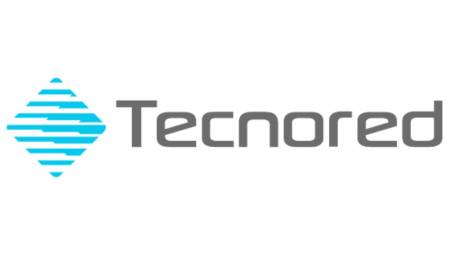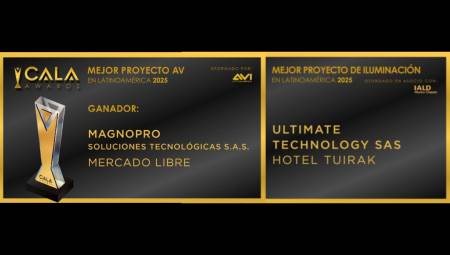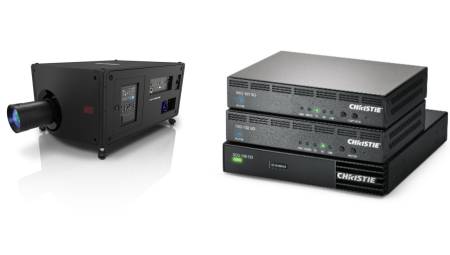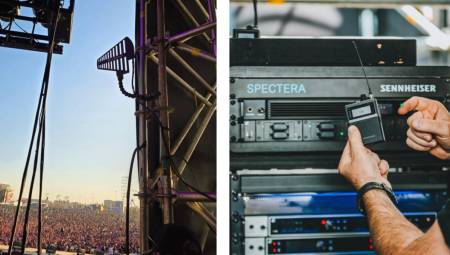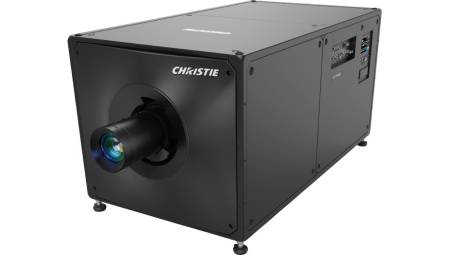The cleaning of buildings has always been a fundamental issue in the maintenance of the constructions and has required, both the ingenuity of those who were in charge of such a task, and the help of technology, which allowed to solve the complex urban reality. With the advent of home automation and smart homes, where you try to do without the hand of man in all household tasks (repair, cleaning and maintenance), cleaning becomes even more complicated and new solutions are required. The technology of photocatalysis applied to construction materials, allows to facilitate the cleaning of buildings, thanks to the use of these novel materials.
Thus we can find antibacterial coatings with a long-term effect, developed with nanotechnology applied to photocatalysis, which can be activated with any type of light, whether it is full sun or cloudy days. And it acts by breaking down dirt, including fungi, algae, volatile organic compounds. These treatments can be applied to any type of surface and have a prolonged effect, prolonging the time the material is kept clean and reducing the number of washes.
What is photocatalysis
Let's explain what photocatalysis is and how it works. First we will define what a photocatalyst is. It is a substance that acts with sunlight, accelerating chemical reactions. One of the most commonly used for photocatalysis is titanium dioxide.
The photocatalyst reacts to UV radiation and water, becoming an oxidant capable of destroying pollutants such as viruses, bacteria, volatile organic compounds (substances containing carbon) and nitrogen oxides. So the contaminants are destroyed in their entirety, disappearing the odors they leave. This is very different from what you get with other technologies that mask or capture the suspended substances that produce pollution, but do not destroy it. In addition, this technology does not generate ozone.
Two of the areas of construction in which photocatalysis finds the most applications are air purifiers and self-washable glass.
Qualities of self-washable glass
The photocatalyzing film of the self-washable glasses acts in combination with the UV light attacking the dirt and forming a hydrophilic film on the glass that will come off with the rainwater falling apart. Once the water evaporates, the glass is dry and clean.
These glasses last longer clean and their cleaning is easier. Consequently, money is saved on maintenance. They are ideal for hard-to-reach areas. Photocatalyst film lasts the same as glass and its appearance does not differ from that of ordinary glass.
These glasses are friendly to the environment, as photocatalysis is a clean process and glasses require less washing and therefore reduce the consumption of water and detergents.
Author: admin






































